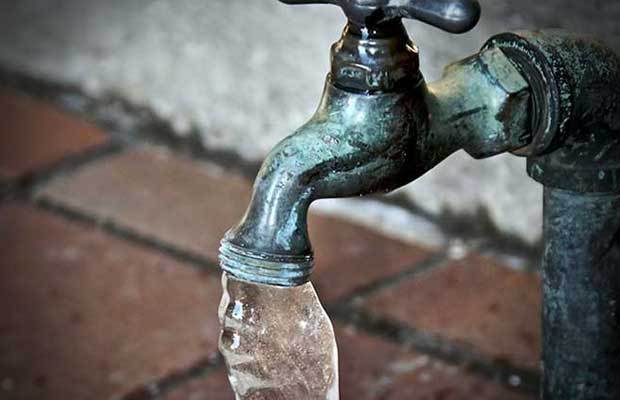How To Prevent Your Pipes From Freezing
Winter is tough on your house. The temperature swings from below freezing to above freezing put great stress on all the elements of your house – both exterior and interior.
And if the power ever goes out – and you don’t have a backup heat source – a cold winter day can quickly freeze and burst your water pipes, causing great damage once they thaw out.
But with a few simple precautionary steps, this tragedy can be avoided.
Tasks to do before a cold spell arrives
Since you never know if you might lose power during the next cold snap to arrive, here are a few precautionary steps you can take to ensure that you don’t have damage to your water systems.
- Before winter season comes, prep your pool and sprinkler system if you have them. Drain your supply lines and cover your pool as recommended for your area.
- Take care of all your hoses. Drain, remove and store them in a safe place like your garage or shed.
- Turn off the water to all external hose spigots and drain any water remaining in them. If your plumbing system is not set up to allow this, cover the hose spigots with insulating faucet covers to protect them from the cold.
- Insulate all exposed pipes with pipe sleeves, heat tape or fiberglass. You will typically find exposed pipes under your house if you have a crawl space or under a mobile home. However, if you have pipes along outside walls in a cellar, these are also good candidates for getting covered. And if there are any pipes along outside walls in your living space, you should be sure those walls are insulated or they could be at risk of freezing too.
What to do during the cold snap
When you get news of a cold snap heading your way from your local weather station, there are several immediate steps you can take to ensure your plumbing system stays intact in case you lose power and heat. They include:
- Keep all home access points closed to prevent loss of heat. This includes garage doors and crawlspace access panels. The more heat you can keep trapped in these areas, the longer it takes for the house to drop below freezing.
- Keep all kitchen and bathroom doors and cabinet/sink doors open to allow as much heat as possible reach the walls where pipes are.
- Let water trickle from several faucets in the house during the cold snap. As long as you have water pressure and can keep water moving through the plumbing system, it is less likely that it will freeze.
- If you have a working heat system, try to keep the level above 55 degrees F. This will ensure that enough heat is penetrating into the walls to fight against the extreme cold.
- If you think it is going to be a bad or extended cold spell, consider turning off your water at your main and draining your whole system. This is the closest to a foolproof system to ensure that you do not get damaged pipes. This step doesn’t need to be done right away but if you lose the ability to keep your home heated, you should consider it. For many houses, to shut the water off at the main, you need a special tool (a water shut off wrench) to turn the water off there.
- If it is a very windy cold spell and you have extra insulated blankets, you can attach them to the side of the house that is getting bombarded by the wind. This is on the outside of the house, not the inside if there are pipes in the wall. If there are no pipes in the wall, attaching the blankets inside will cut down on some drafts that always seem to show up with a strong wind. And if you have them, place a Mylar thermal blanket between the wall and each blanket.
When the cold spell passes
Hopefully you passed through the cold spell without incident. If that is the case, just turn your water back on or turn off your trickling faucets and close all your cabinet doors.
If it is not the case and you found that you did have frozen pipes, here are a few steps you can do to recover as long as no pipes actually cracked.
- Turn on your faucets and give the system time to flush itself. As water starts to move through the tiny cracks in the thawing ice, the thawing process will accelerate and eventually clear all the ice from the pipes.
- If you have access to the frozen pipe, apply gentle heat – like from a hair dryer or small heater kept near the pipes. Do not use anything like a blow torch. The huge temperature difference could damage the pipe.
If you were unlucky enough to suffer a cracked pipe, turn your water system off and call a plumber to fix the problem. Or if you have the skills and can get the supplies, you can fix it yourself. Replacing a pipe is a relatively simple task.
Winter is tough on your house. The temperature swings from below freezing to above freezing put great stress on all the elements of your house – both exterior and interior. And

